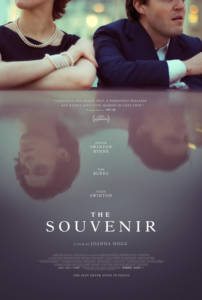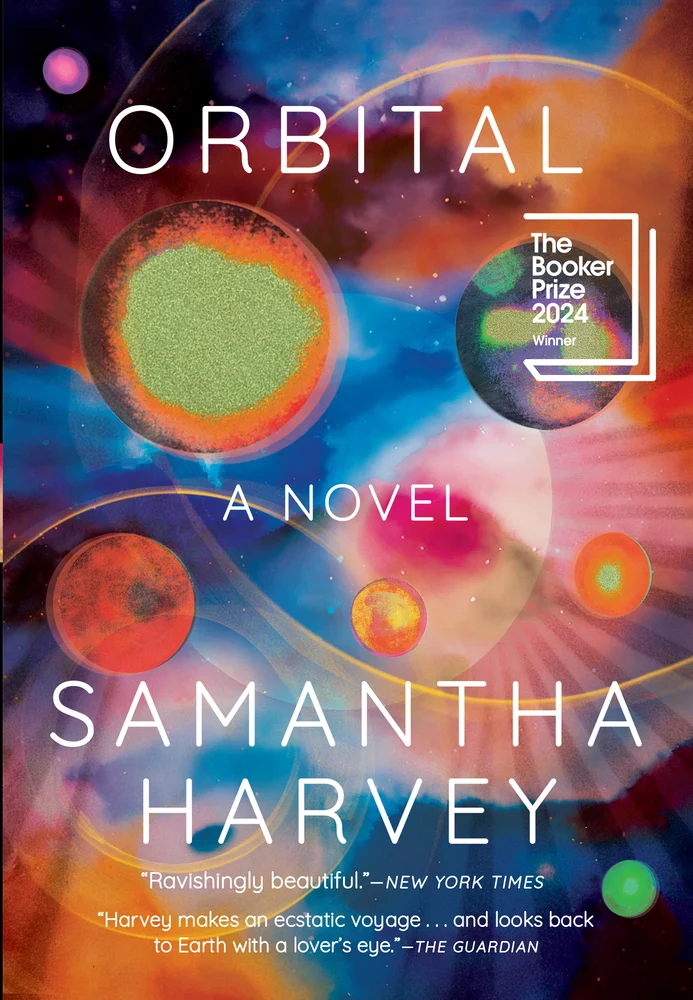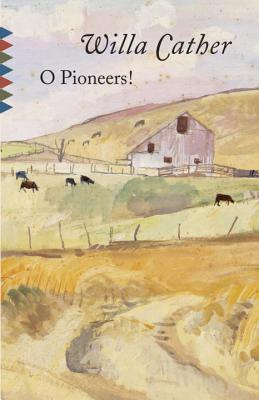The Souvenir, British director Joanna Hogg’s fourth feature film, is the first part of a two-part memory piece that focuses on a love affair that took place in Hogg’s early twenties, when she was in film school in London. Though not quite a memoir, the film is unabashedly autobiographical, and similar to Alfonso Cuaron’s recent Roma in how it seeks to reconstruct a particular period in the director’s life. To play a version of herself, a young woman called Julie, Hogg has cast Honor Swinton Byrne, a newcomer who at this point in her life is best known as Tilda Swinton’s daughter—though her performance in The Souvenir and next year’s sequel will likely change that. Swinton herself plays Julie’s mother, Rosalind, tamping down her usual charisma to embody a meek matron who rarely exerts her influence or reveals her knowledge of the world. It’s startling to see Swinton this way, especially with Byrne nearby, exuding youth and curiosity. With her height and her red hair, Byrne looks enough like Swinton to bring to mind her mother’s glamour, but also has a calm dreaminess that it is all her own.
We first meet Julie at a crowded party in her own flat, but she’s neither the center of attention nor an attentive host. Instead, she’s at the edge of boisterous conversation, taking photos. You sense that Julie is more comfortable behind a camera, and also, that she is alert to the aesthetic possibilities of the scene in front of her. It’s London in the early 1980s and everyone is in a celebratory mood—it’s probably the end of a semester, but this is not a movie that dwells on logistics. Time is fluid, and narrative events are patchwork, ordered by emotion and memory. What makes this party memorable is that Julie falls into a conversation with a slightly older married man, Anthony (Tom Burke). With his beautiful clothing, scarred lip, and ironic gaze, Anthony is immediately intriguing to Julie. He asks her about her ambitions and she tells him about a recent film project, and her applications to film school. He pushes her to articulate herself more clearly and she seems to like the challenge. Shortly after the party, she receives a postcard from him, inviting her to lunch at a fancy hotel.
Despite the setting, their first date is more like an interview than a romantic encounter. The camera keeps its distance, remaining for an uncomfortably long time in an establishing shot that frames the two of them sitting opposite each other at table laid formally with china, silver, crystal, roses, and a split of champagne. Anthony wears his signature dark blue pinstriped suit, a bowtie flowering at his neck, his body turned slightly away from the camera. Their dynamic is prickly, tentative, and a little mysterious. She declares that his job at the Foreign Service is boring. He tells her “you’re lost and you’ll always be lost.” The implication is that she’s lucky he found her.
After a few more letters slid underneath her door, a few more lunches, and more low-key sparring, Anthony shows up at Julie’s apartment and asks to crash there temporarily, citing problems with his wife. He doesn’t say much more, and Julie doesn’t ask. Their relationship is at first platonic, though they share a bed, sleeping side by side like siblings. Then one morning, Anthony offhandedly tells Julie that he’s leaving for Paris for work, giving her no time frame or indication of the scope of his assignment. When he returns after an unspecified amount of time, it’s with a gift of lingerie, and their relationship quickly becomes sexual. They begin to socialize with Anthony’s friends and visit with Julie’s parents at their beautiful countryside manor. During this time, Julie discovers something about Anthony that I won’t spoil here, but it’s something she might have noticed earlier, if she’d been a little more sophisticated. Despite their new intimacy, the power dynamic between them remains the same, with Julie as a young woman seeking definition and Anthony happy to give it.
Interspersed with scenes of their romance are glimpses of Julie in film school, learning her craft and trying to discover her voice as a filmmaker. This is a process that is difficult to dramatize, yet Hogg does so precisely and economically with short, pointed scenes. We see Julie interviewing for school, learning to use a particular kind of camera, fussing over a costume, fixing the filter on a light, working on a storyboard, meeting with her professors, discussing production budgets, and directing actors. She’s often very nervous, but has ideas, energy, and steady work habits. Hogg also lets us eavesdrop on lots of student film talk, which turns out to be quite funny and lively—and it’s an important way we see Julie’s social world beyond Anthony. Still, she’s always thinking of him. When she has a break on set, she calls him on a payphone outside the sound stage; he alone has the ability to quell her anxieties.
Anthony is romantic, affectionate, stylish, funny, and intellectually demanding—and also destructive, secretive, and deceitful. He takes advantage of Julie’s financial privilege, first by living with her rent-free, then by borrowing cash, and eventually, by stealing from her. There’s also the wordless expectation that Julie will foot the bill for everything, including a lavish trip to Venice. Julie knows she’s being taken advantage of, but it’s hinted early on that she feels a certain amount of guilt for her wealth; during her application interview, she says she wants to make art that will help her to get out of her “bubble.” Evidence of her social class is threaded delicately throughout the story, first evident in her apartment, which is well-furnished and decorated for a young woman. Her wardrobe is also extensive, and it’s fascinating to see Julie dress for whomever she’s seeing: with her mother, she wears conservative wool skirts and twinsets; for her friends, she’ll dress more casually in tee shirts, Levi’s and Converse; and for Anthony, she wears Parisian lingerie, a bespoke suit, and in one too-short glimpse, a sumptuous ball gown.
I could spend the rest of this review writing about the use of clothing in this film, but I will restrain myself and instead turn to Julie’s apartment, which Hogg uses to convey and explore Julie’s interior life. It’s a two-floor apartment on the top floors of what look to be and eight- to ten-story building, with the apartment’s common areas on the upper floor. A mirrored wall divides a galley kitchen from the living room, which is dominated by floor to ceiling bookshelves, where a stereo holds pride of place, playing everything from Joe Jackson’s “Is She Really Going Out With Him?” to Glenn Miller’s “Moonlight Serenade.” In a beautifully expressive shot, early in Julie and Anthony’s cohabitation, we see Julie standing uncertainly in the living room, while an aproned Anthony does the dishes on the other side of the wall with his back to her; he’s made himself at home, while she’s been made uncomfortable in her own home.
Hogg wanted to film on location in the apartment where she actually lived, but it wasn’t possible, so she recreated it from memory, replicating the floor plan, décor, and whenever possible, incorporating actual objects and pieces of clothing from her youth. In an interview following the screening I attended, Hogg said something “magical” seemed to occur when she put the actors in the space, affecting their performances and bringing them back in time. But Hogg’s editing is also part of the magic, as she frames Julie in the space, often in close-up, to create portraits of a young artist working at her typewriter, drawing storyboards, taking photographs, answering the phone, selecting music, and drinking tea with her mother. There is an emphasis on doors and windows, as we see who Julie lets in and who she shuts out, what she sees and what she decides not to see. Anthony first enters her life via a letter slid under her apartment door, and he tends to toss off bad news just after he steps onto the elevator, and the doors are about to close. At film school, when Julie goes back to work after a phone call with Anthony, she retreats behind a sound stage door. In the film’s final shot, we see Julie on the threshold of a new stage of life; she’s standing in the frame of an enormous studio door, one that reveals vast, open sky.
Byrne is an actress who has the ability to be still and her watchful demeanor anchors every scene. She has only appeared in one other film, 2009’s I Am Love (which also stars her mother) and The Souvenir is a challenging leap, a role that requires her to show the passage of several years as Julie applies to film school, takes classes, and completes her degree. These aren’t years in which much physical aging takes place, of course, but they are a time of great intellectual growth, and over the course of the film, we see Julie become more comfortable in her own skin as she speaks with a little more assertiveness, stands straighter, and holds eye contact more deliberately. Part of the evolution of her character was happening in real time as Byrne adjusted to Hogg’s filmmaking process, which is improvisational and requires actors to revise the scene as they go, with multiple takes. Adding to the degree of difficulty was the fact that Byrne was cast just two weeks before the film was scheduled to begin shooting. It works, though, in part because being young is like that, anyway. You’re thrown into social situations, school, and romantic relationships, without much context or previous experience.
On the other hand, Byrne’s co-star, Tom Burke prepared for the role of Anthony for several months, talking with Hogg about her memories of her ex-boyfriend and reading his old letters. From this research, he has created a sly, tortured man who slinks through life, searching for beauty and authenticity but who is also constantly lying. It’s heartbreaking to watch Julie adjust to his deception; in one scene the audience gasped when Julie acquiesced to a manipulative demand, even apologizing. And yet you see Anthony’s charm, too, as well as his vulnerability. His earlier assessment of Julie—“you’re lost and you’ll always be lost”—is truer of him than her.
I was initially interested in seeing this film because it’s unusual for an independent film to have a sequel in the works before its release. I was not familiar with Hogg, but was impressed with her confidence; it takes a certain audacity to look back on your first love and decide that you need two feature films to tell it. Hogg said she’s been thinking about making this film for decades, and had always envisioned the story in two parts: the affair and the aftermath. Although she took extensive notes for the film in the late 1980s—in the midst of that “aftermath,” Hogg felt she had to get some distance from the material. For a long time, she wanted to represent Anthony’s point of view, as well as Julie’s, and thought she would finally be ready to make the film when she knew how to do that. Instead, her inspiration was her realization that she did not need to represent or even understand Anthony’s perspective. The decision to stay in Julie’s point of view, coupled with the years of gestation, serve Hogg well. There’s a lack of conventional storytelling that is freeing, and that freedom is evident in the flow of images, connected mainly by Julie’s perceptions. You feel the deep impressions these people and places are making—and will make—on Julie. It’s almost as if you’re getting a glimpse of her future memories.
Hannah Gersen is a fiction writer and staff writer at The Millions. Her debut novel, Home Field, was released in 2016. She writes about movies on a semi-regular basis on her blog, Thelma and Alice.

 By
By 


